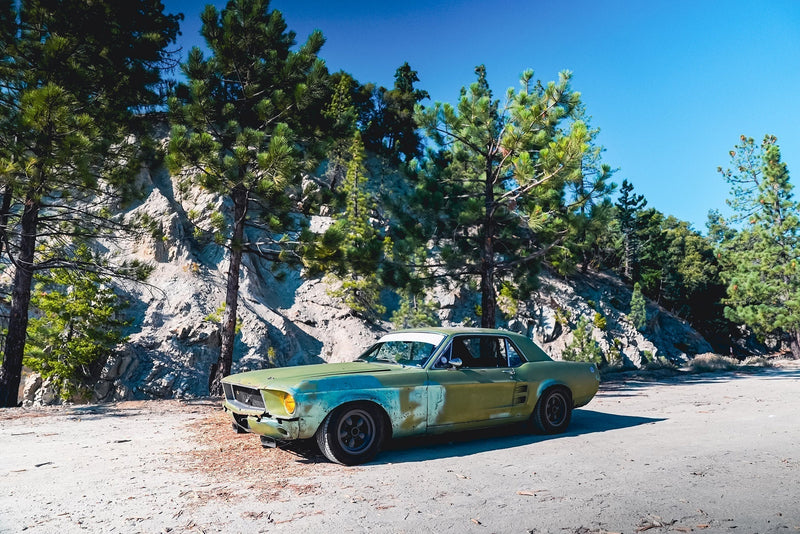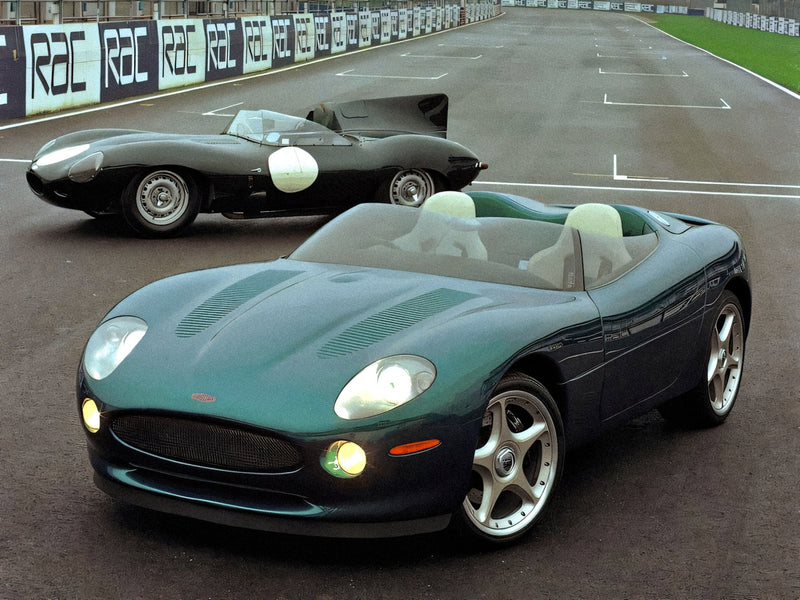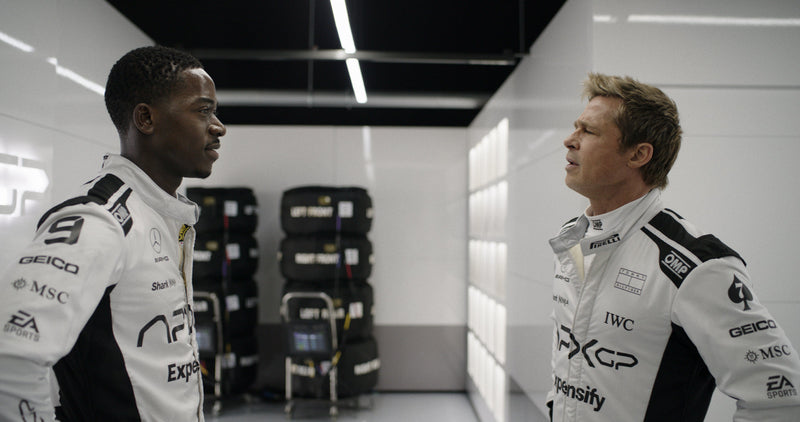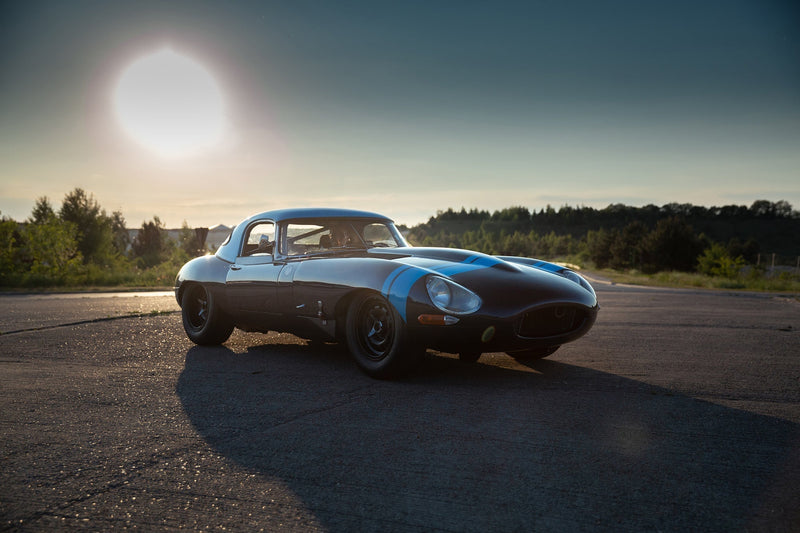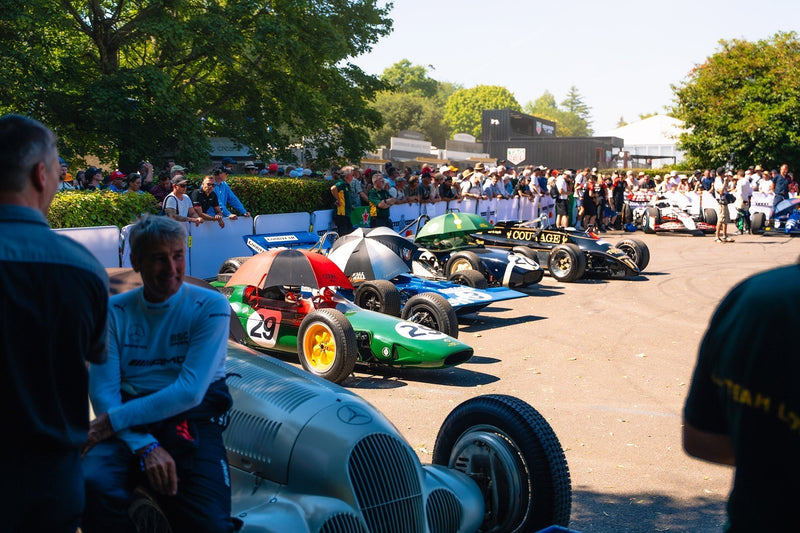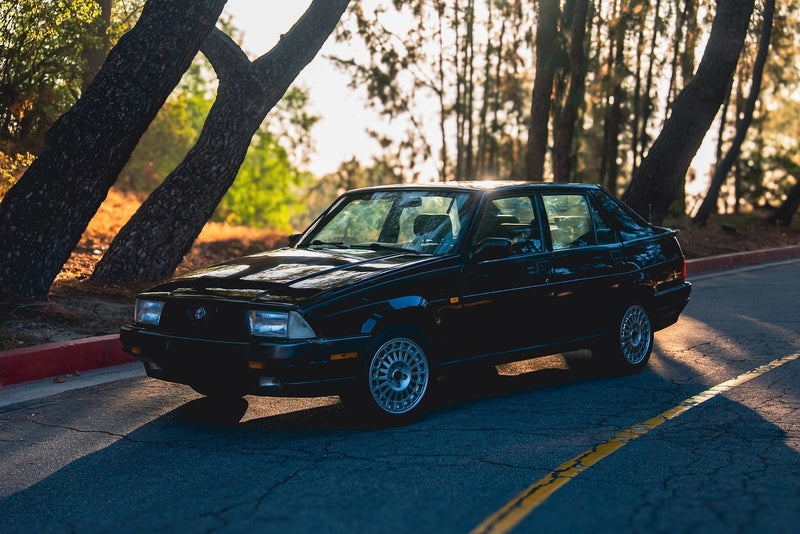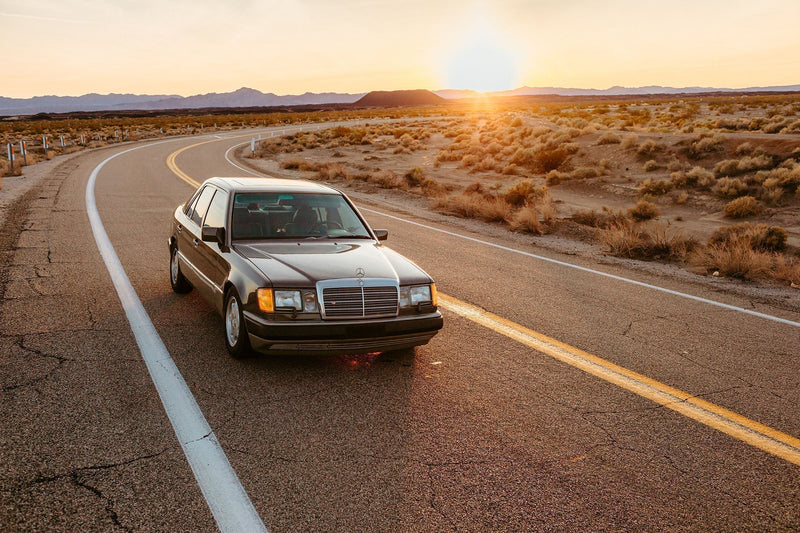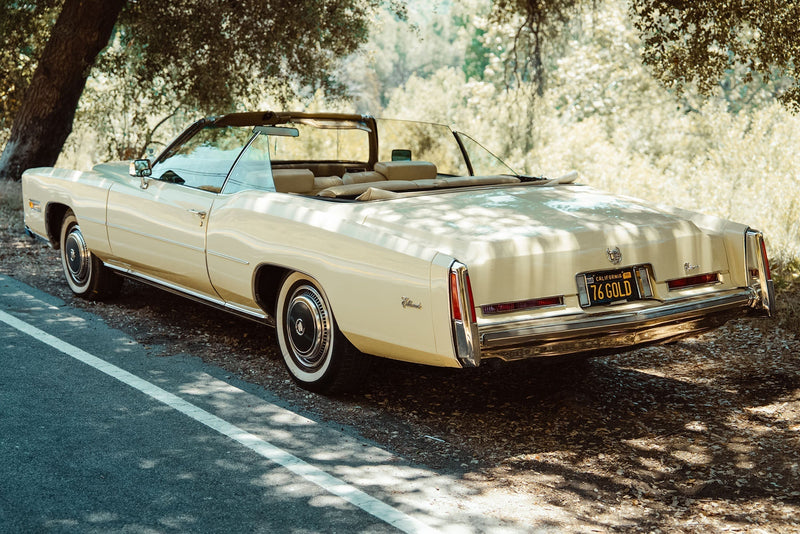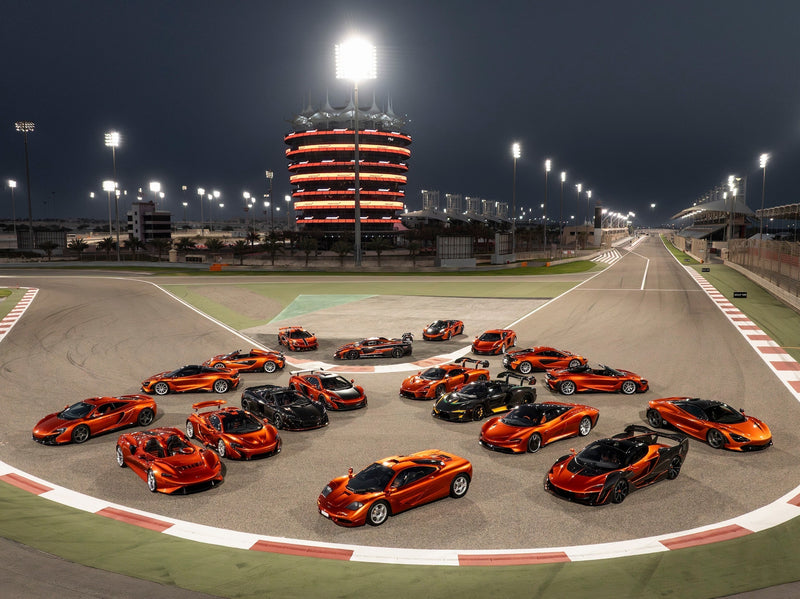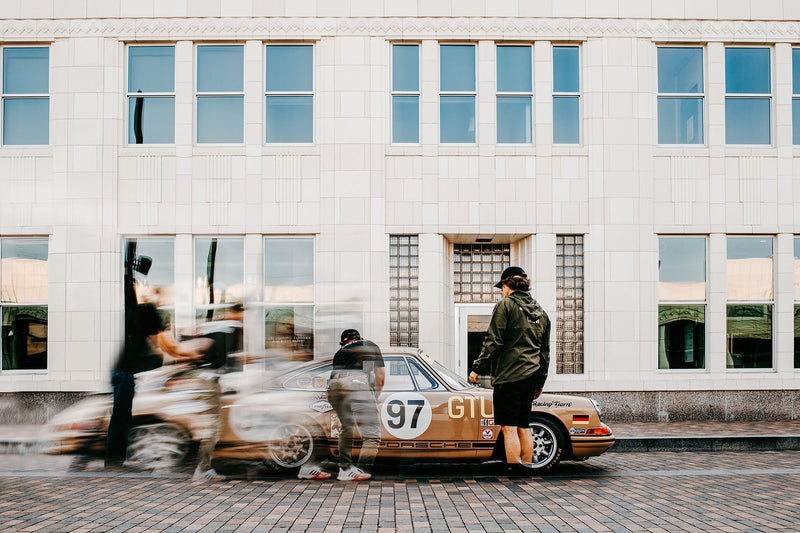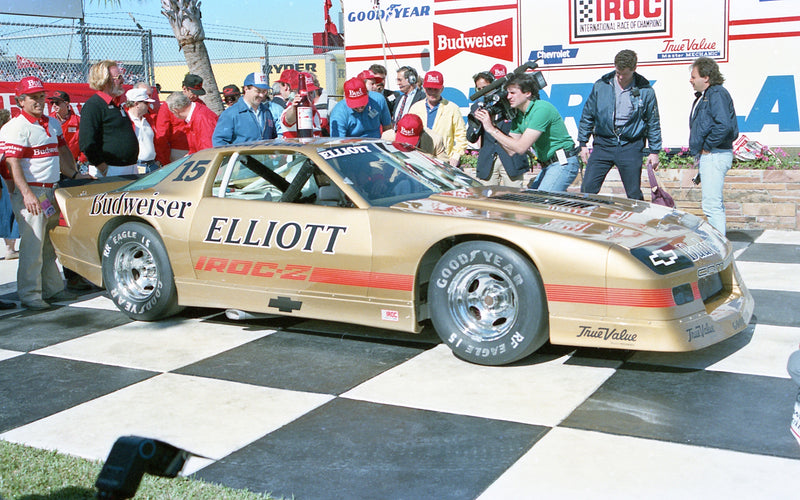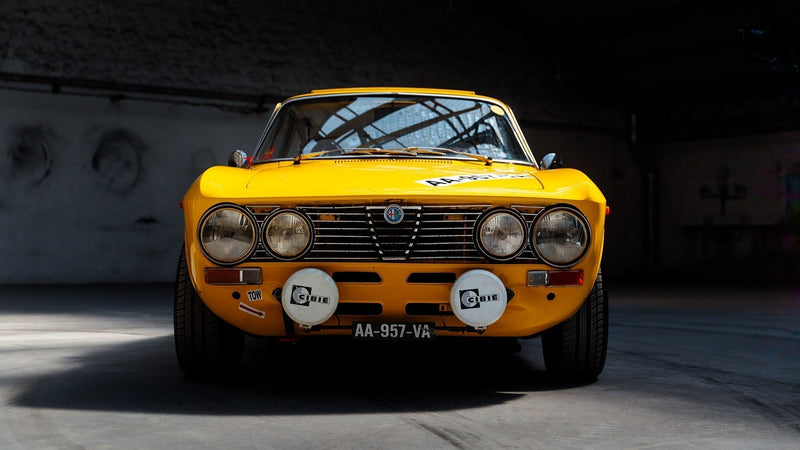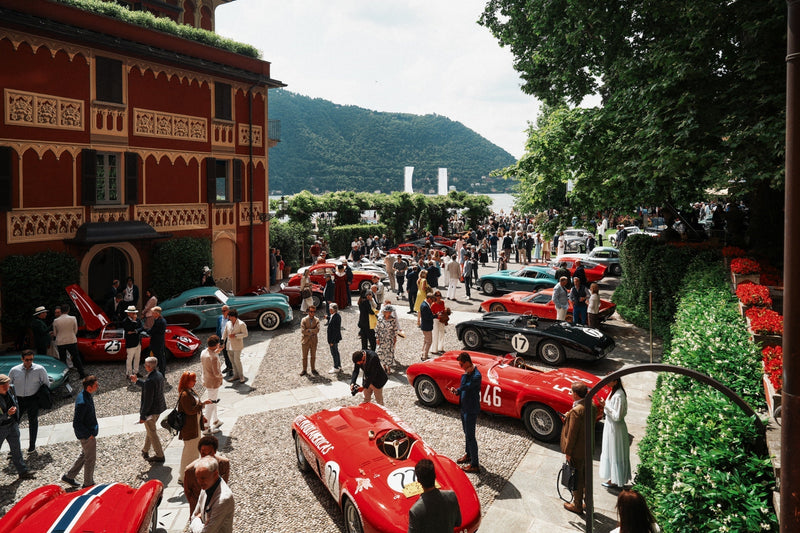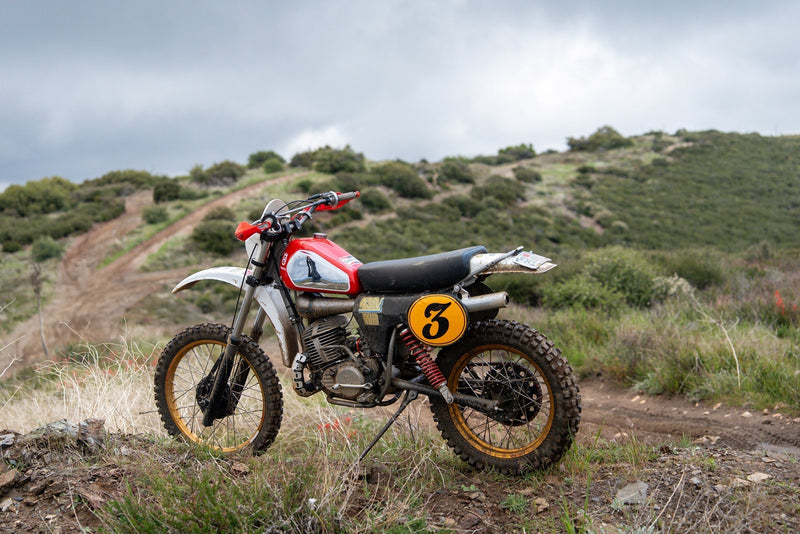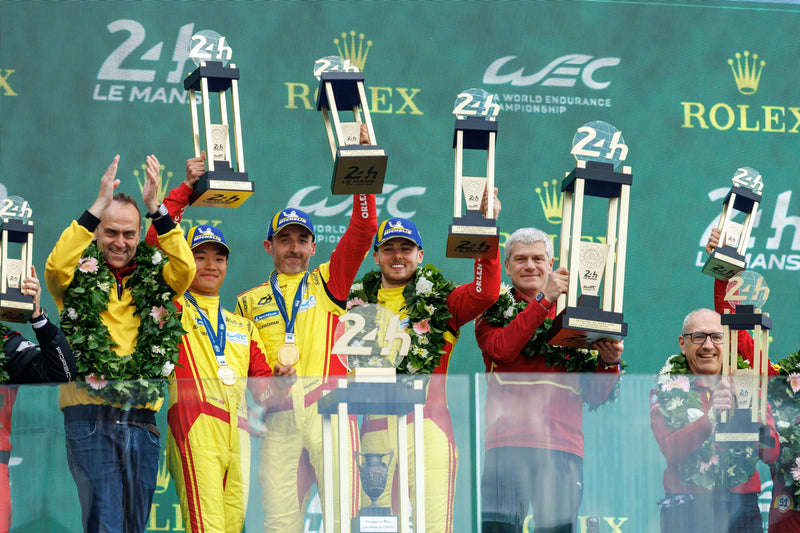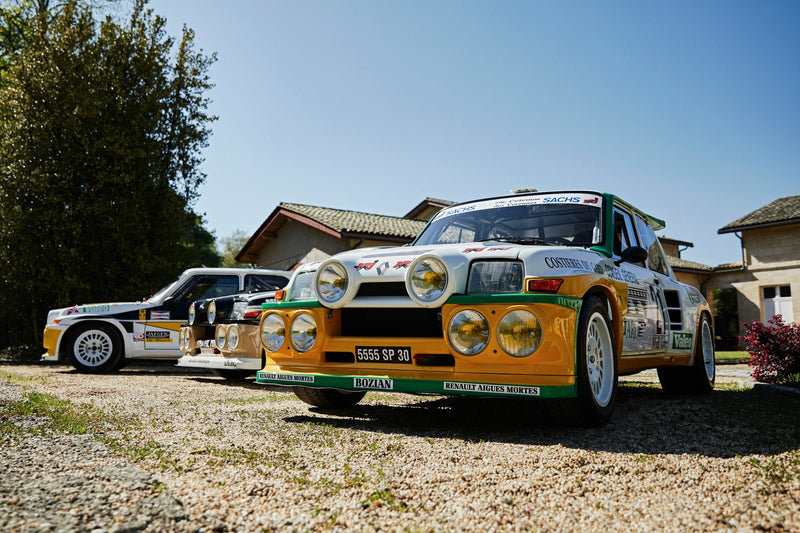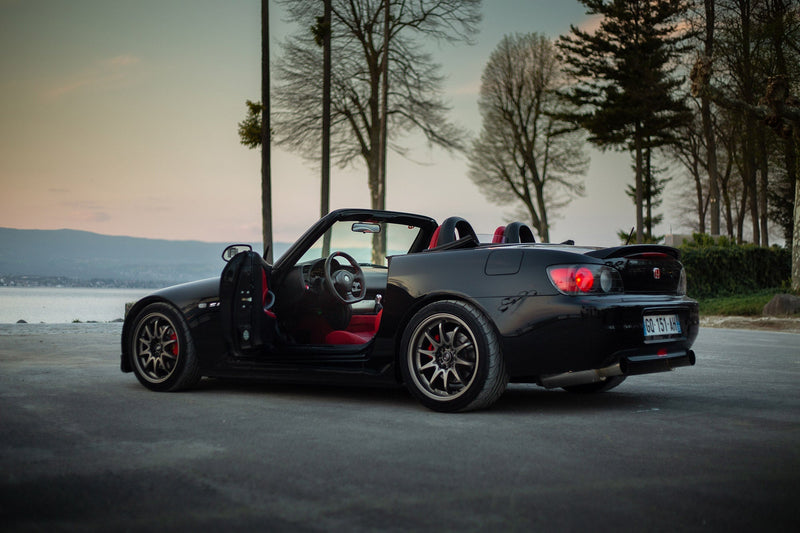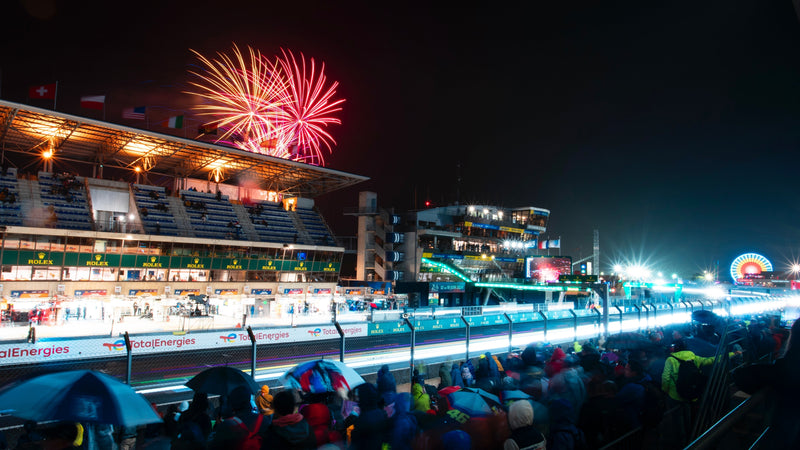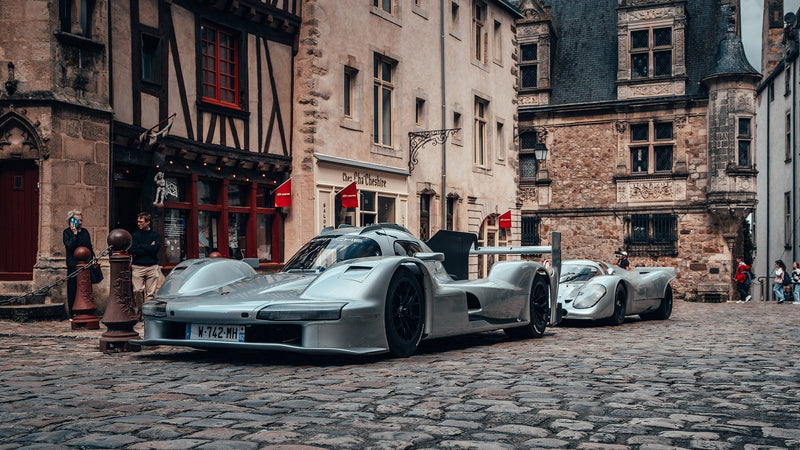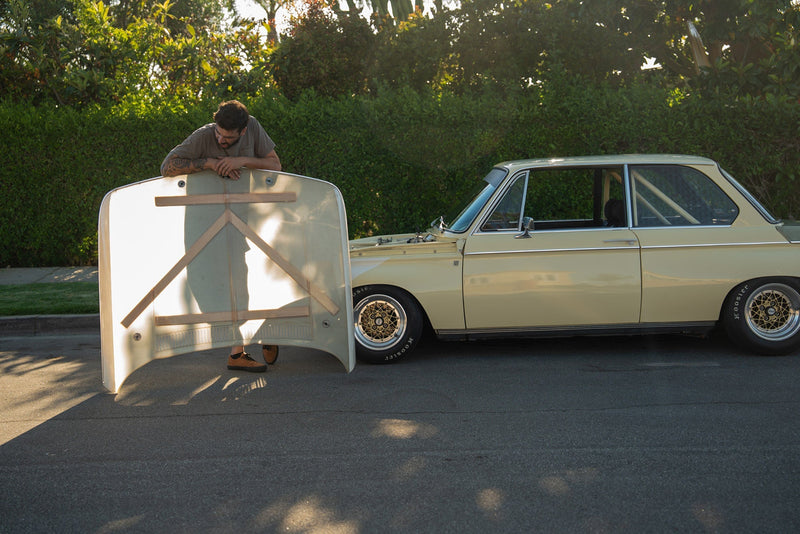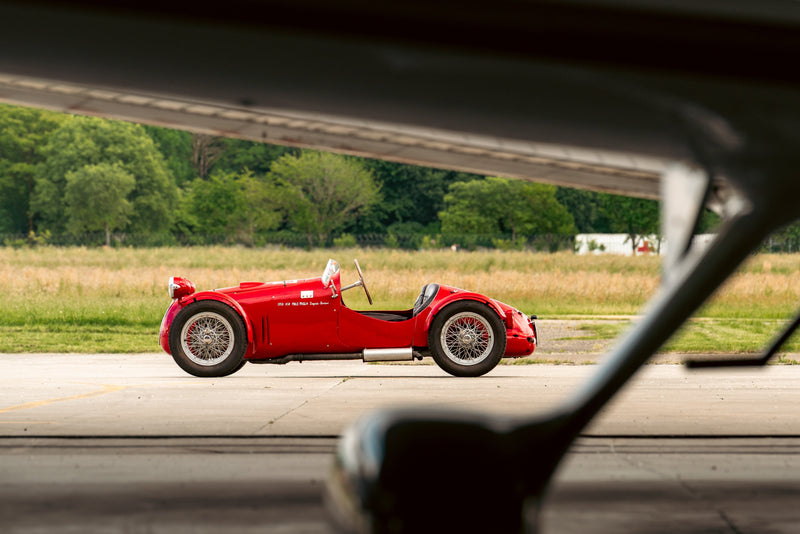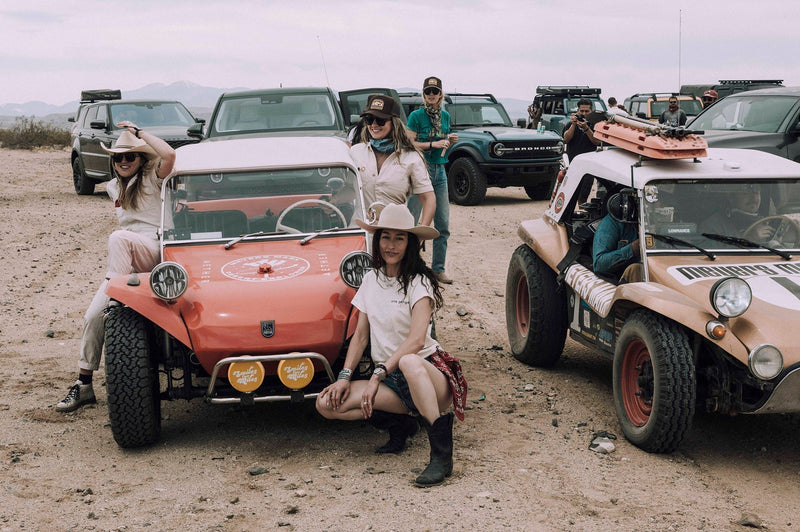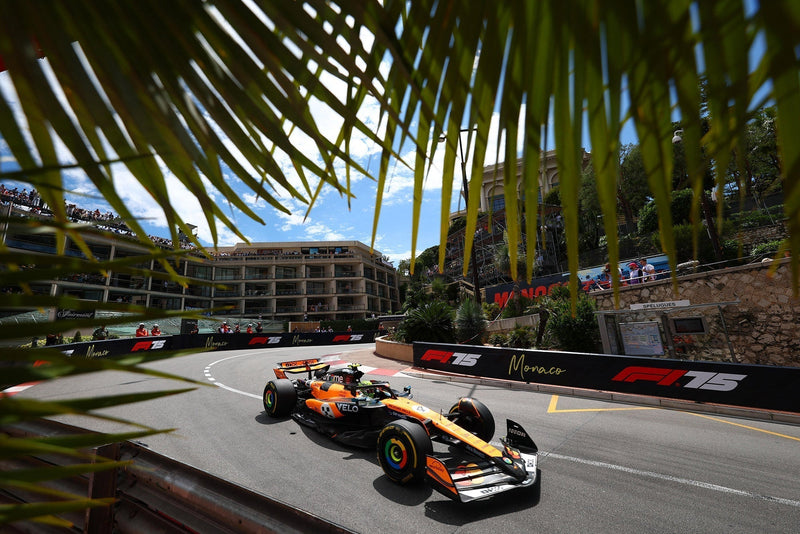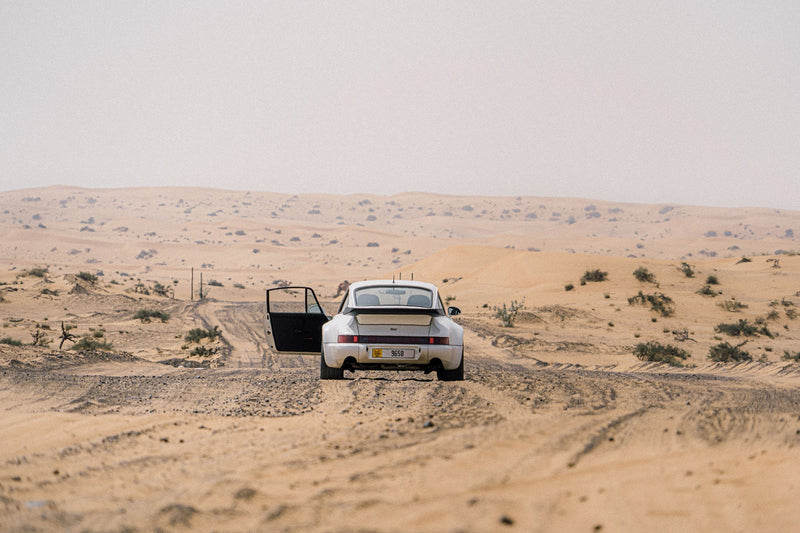I’ve been to my fair share of historic racing festivals, and the buildup to each one is always the same. It starts with the initial background anticipation that gradually builds into outright excitement with each passing moment bringing the event closer.
I’ll often flip through my photography archives and sort out my favorite images to relive past memories, trying to fill the void of waiting. Countless hours are wasted on YouTube, listening to the wonderful sounds of iconic racing machines I hope to soon experience in person. I’ll also frequently visit the event website, frantically clicking the refresh icon until the entry sheet is posted. After the official list is released, I find myself scouring the internet for details on the cars’ past lives and the paths they’ve taken to arrive on the banks of Daytona. These activities are my ritual in a way, a way to have just a small taste of what’s to come. After what feels like an eternity of waiting, race day finally arrives.





And race day is very accurate term for the Classic 24 Hour at Daytona. This year was my third visit to the hallowed grounds, and once again I found myself awed by the enormous asphalt fortress enclosing heaps of stock car and sports car history in its domain. Impressive in design and stature, Daytona could not be more American. The grandstands, housing 101,500 individual seats, look down on nearby buildings, and the press box reads “World Center of Racing.” The 2.5-mile NASCAR tri-oval stretches almost further than the naked eye can see, barely able to see from one end to the other if you really squint. It’s loud, proud, and unabashed about either its size or claims.
On an overcast, breezy Friday morning, I exited the tunnel underneath NASCAR Turn One to enter Daytona’s infield grounds. The faint purr of engines warming in the paddock garages could already be heard, and the smell of race gas quickly filled the my personal airspace. I chose to visit the garages first.





The paddock and pit areas are best to visit first thing in the morning anyway, when the crowds are still thin and the photographs are less cluttered with other people. As I strolled through the teams, I mentally checked off the cars I’d so eagerly waited for. Lola T70, check. Porsche 962, check. Chevron B16, BMW M1 Procar, Ferrari 333SP, check, check, and check. Like a kid in a candy store.
I struggled to maintain focus in my camera viewfinder and not be distracted by the historic metal and carbon composite that surrounded me. Then bright and early by 8AM, the 3.56-mile road course roared to life with the glorious echo of carbureted and injected combustion—it was time to make my way to the track.





Each year the Classic 24 Hour grows bigger and better. A quick glance at the list of cars in each grid reveals some of the most celebrated and successful sports cars ever to grace a circuit, but it’s not just limited to the cars themselves. As the event continues to grow, so does the list of past competitors wishing to relive a piece of their Daytona glory, or even those seeking to create a new bit of history. F1 ace Adrian Newey, Ron Fellows, Jochen Mass, Patrick Long, Dieter Quester, and Lyn St. James were among this year’s standout driver lineup, just to name a few. Joao Barbosa, who returned to Daytona to pilot his Pescarolo LMP1 (which he had never previously driven on the high NASCAR banks), was another standout.





Not confined to a specific racing series or set of regulations, many cars that only had a life of racing in Europe now have a chance to run side by side with exclusively American competitors on these famed walls of asphalt. That’s the real beauty of an event like the Classic 24 Hour—it is not uncommon to see a modern Daytona Prototype in a mile-long drag race alongside an LMP1 car. Historic Sportscar Racing (HSR), the sanctioning body behind this event, allows cars ranging from the ‘60s to modern day to compete, creating an atmosphere greater than just a vintage racing weekend. That’s certainly the major part of it, but the weekend as a whole is a celebration of Daytona’s history, as well as an invitation to create new ones for the cars that had never come here before.
With the 2017 Classic 24 at Daytona in the books, it’s time to begin the waiting process all over again now. November 2018 can’t come soon enough!











































